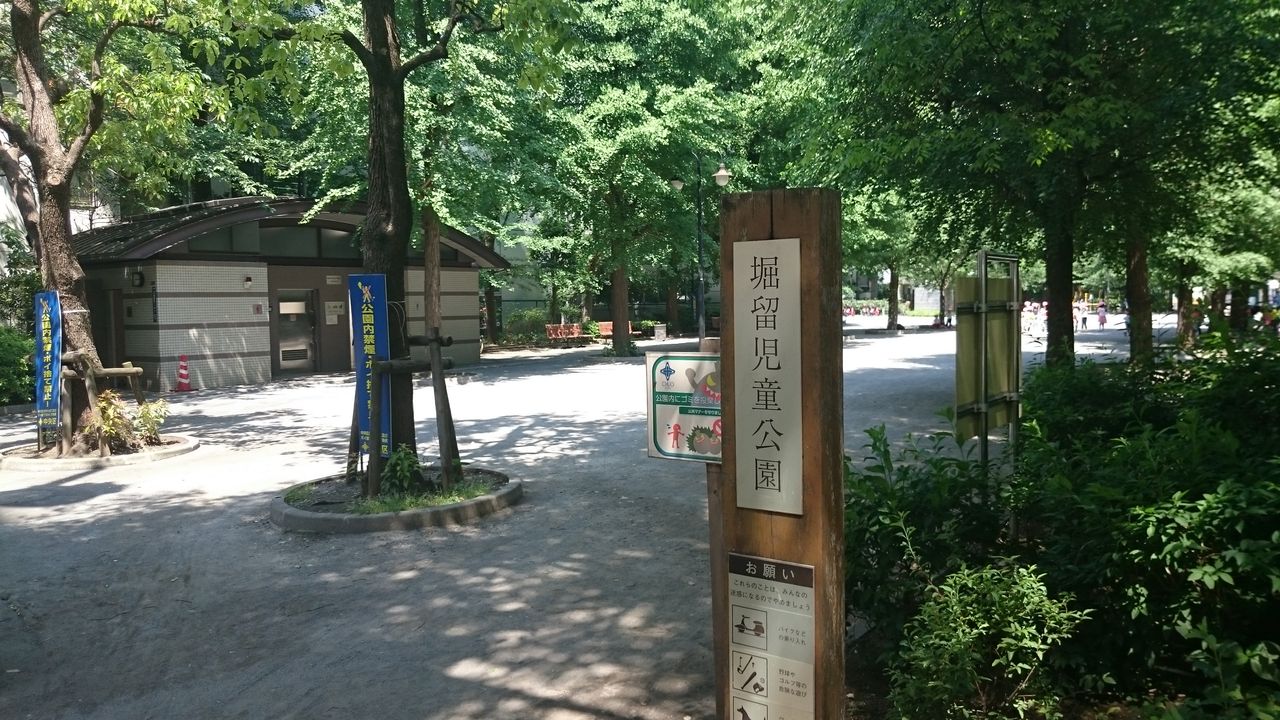
▅▅▅▅▅▅▅▅▅▅▅▅▅▅▅▅▅▅▅▅▅▅▅▅▅▅▅▅▅▅▅▅▅▅▅▅▅▅▅▅▅▅▅▅▅▅▅
▅▅▅▅▅▅
Premise
Premise
Premise
You ever meet anyone who’s never read a copy of Shonen Spirit? It might aimed at hyperactive kids but there’s a reason it’s the country’s most popular manga anthology; go out on the street and you can see housewives picking up an issue on a trip to a convenience store or salarymen on the subway reading one they’ve hidden underneath pages from a financial newspaper. Even if you don’t read it you can’t escape the franchises that were born from it, they’ve been made into anime, toys, merchandise, games, stage plays, even theme parks. That’s the way it’s been for decades now and for most people under fifty, manga from Shonen Spirit isn’t just part of pop culture, it’s part of their childhood, tied to nostalgic memories. It’s gone international, too; thanks to international licensing people all around the world from the Americas to Europe have come to know and love series from Shonen Spirit, to the point that creators from all over the world have dreams of joining the team at the magazine.
The public laps up the drama within the pages of Shonen Spirit, but few know about the drama that happens behind the scenes. Even during it’s best years the people behind it could only be described as eccentric and poorly organized, now things are even stranger. Sales have been dropping after their most popular title just ended it’s long run, and pressure from the corporate leadership is not letting up. The magazine is hungry for new talent, eager to see if anyone can meet their high expectations. One thing that is still true is how the staff get along. Shonen Spirit and the other manga periodicals published under it’s umbrella not a place of bland corporate dogma, it operates like a family, a big, screwed-up family, but a family nonetheless. From the artists to editors to the marketers to the accountants, they’re all along for the ride, wherever it may go.

A Brief History Lesson
Shonen Spirit is going through an interesting time these days. Circulation peaked in the early 90s, and while that golden era ended, it left the magazine on solid ground. They didn't have the string of hits that they had from the 90s, the days when every kid was buying an issue on the way to school, but they did have one monster, one manga that became a pop culture phenomenon. Martial Journey lasted for 22 years and broke sales record after sales record, carrying the magazine even when other series failed to get the same momentum. The finale was the highest selling issue in the fifty year history of Shonen Spirit. The only problem is what is finding a path for the magazine in a post-Martial Journey world. There have been sales slumps before, like the infamously bad period in the 70s, but times are different. Shonen Spirit was started by a small, family run, publishing company called Torishima Publications, and they didn't care much about how much money their manga magazines made as long as it was more than they cost to run. In the 90s Torishima got bought by a electronics company that went on a buying spree, and just a few years ago that electronics company was absorbed by AmertiTel, a giant multinational media telecom conglomerate, always on the hunt for new pieces to add to it's empire. There's been little change to how the place is run at the daily level, but every quarter new financial goals come, and the feeling is sinking in that any freedom the management has now is conditioned on meeting these strict goals.
The heart of Shonen Spirit is an office building deep in the Chuo ward of Tokyo. It houses the offices of Shonen Spirit and two other manga publications under the same umbrella. Shojo Weekly targets a different audience than Shonen Spirit, and has never enjoyed the same level of success, struggling to maintain the third place position among Shojo magazines. It's showing some growth lately as they've done strong on the digital end and international licensing, outpaces larger rivals in those area even if print circulation isn't as impressive. The other magazine is weirder than it's siblings. Monthly Comic Ace came about when several floundering magazines aimed at adult men and women were combined into one umbrella. Despite the word monthly in the title, it actually comes out every week, but the manga in it are still on a monthly schedule. The series in it rotate out depending on which week of the month it is, it remains to be seen if this experiment will hurt or help reader retention. The office itself has space for permanent staff, as well as open desks for occasional visitors, like artists that want to do some work outside the house. The employees work hard to put out a good product, you can see people in the office at all hours. Everyone has a different view on what it takes to succeed, what kind of character you need to make great art, but there's one thing everyone at Shonen Spirit can a appreciate, and that is determination.
Orientation


OOC
Rules
1. Be kind to everyone. If you have a dispute, work it out in a civil way.
2. Keep in mind the slice of life feel. There'll comedic antics but this is still supposed to be the real world, and make characters that fit with that
3. Be part of a group. Try to work with people to make the RP happen, give people the opportunity to decide where the plot goes. Also, if you end up leaving the RP, it's all fine, just let us know if you can.
Character sheet format is on the Character tab



















